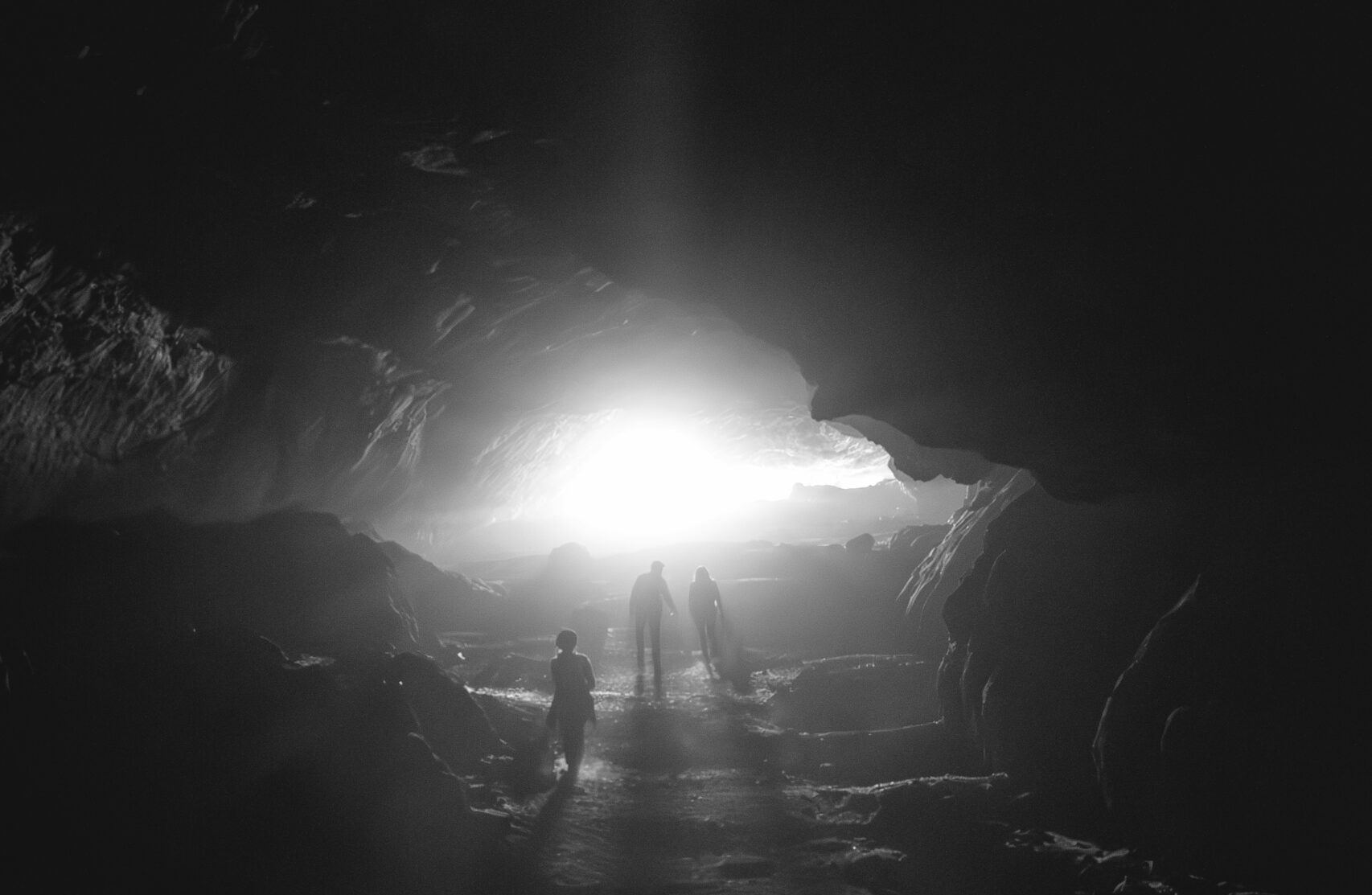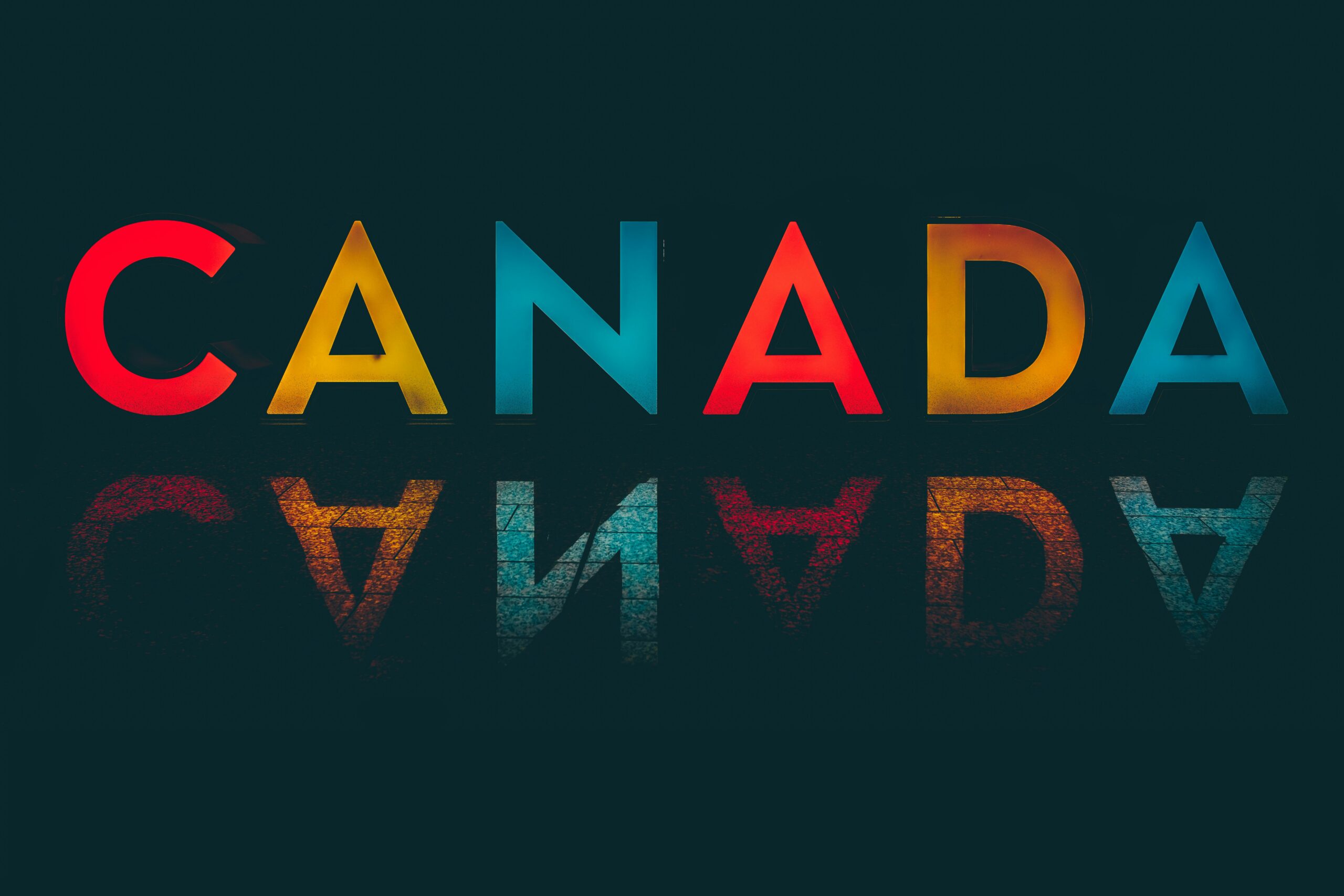We don’t just talk about digital sovereignty—we build it. Here’s what that looks like in practice.
We started Culture Creates in 2015 with a simple question: Why can’t Siri tell me what ballet is happening tonight at Place des Arts?
That question opened a bigger issue: cultural organizations had information, but it was trapped in ticketing systems, websites, and spreadsheets—fragmented, inconsistent, and invisible to the digital ecosystem. More importantly, when cultural data did surface online, it was usually through commercial platforms governed by commercial logic: engagement metrics, algorithmic visibility, and advertising revenue.
Cultural organizations were being forced to compete for digital visibility on terms that had nothing to do with cultural values.
At first, we considered building middleware to connect different ticketing platforms. But we quickly realized the problem wasn’t just technical—it was structural. Each system had its own logic, stakeholders, and incentives. Any integration would be fragile, political, and ultimately unsustainable.
That’s when we made a key shift: We stopped trying to “optimize” for commercial platforms and started building public infrastructure.
The Discoverability Trap
Governments have invested millions in making Canadian culture more “discoverable”—funding SEO training, social media campaigns, digital marketing, and platform optimization strategies. The intent is clear: help cultural organizations compete for visibility in a digital landscape dominated by global platforms.
What’s missing is an acknowledgment that these efforts, while well-intentioned, often reinforce dependency on systems Canada doesn’t control.
Every initiative that optimizes for Google’s search algorithm, Facebook’s engagement metrics, or the recommendation engines of Netflix, Spotify, and Amazon is essentially asking: How can we make Canadian culture more valuable to Big Tech?
And the answer is always the same: adopt commercial logic – clickbait headlines, short-form content, algorithmic testing, performance metrics.
This isn’t true discoverability. It’s a trap.
It’s a cycle that starts with a visibility problem – and ends in structural dependency:
- Cultural organizations struggle to be found online.
- The solution: fund SEO, social media, and platform optimization.
- The trap: organizations become dependent on commercial platforms for visibility.
- The extraction: platforms change the rules, restrict access, or increase costs.
- The cycle: more public money is spent chasing engagement inside systems we don’t control.
This isn’t a critique of organizations doing their best—it’s a critique of a system that rewards optimization over sovereignty.
Instead of asking: How do we help Canadian ballet rank higher in Google?
We should be asking: How do we ensure AI systems learn about Canadian ballet from authoritative, structured, Canadian sources?
That’s the shift we made. We stopped optimizing for platforms—and started building public infrastructure.
The Infrastructure We Built Instead
That shift led us to semantic web technologies.
Instead of forcing organizations into someone else’s system, we built infrastructure they could shape.
Artsdata.ca is Canada’s linked open data graph for the performing arts – built from day one in partnership with nonprofit arts organizations. It connects hundreds of organizations and thousands of events into a machine-readable, standards-compliant network—designed to support search, AI, tourism, accessibility, and sector visibility without giving up control to commercial intermediaries.
But Artsdata is just the data layer.
The real challenge is making that infrastructure practically usable at the ground level.
That’s where Footlight CMS comes in—our execution layer that transforms linked data into real-world outputs: structured websites, discoverable event listings, artist directories, and more. Every time an organization uses Footlight, it contributes structured metadata back into Artsdata—enriching the graph and strengthening visibility for everyone.
Our Infrastructure Model
We focus on two core layers of digital infrastructure:
Data infrastructure: structured, linked data that connects across organizations and domains on public terms. Artsdata.ca demonstrates this at national scale – a publicly funded knowledge graph that transforms isolated cultural information into connected public knowledge.
Execution layer: applications that make infrastructure data practically usable while feeding back into the commons. Footlight CMS is not a traditional CMS – it’s a metadata engine that turns structured content into visible, discoverable digital presence across platforms.
This creates a semantic feedback loop: organizations use Footlight → they generate structured metadata → that data enriches Artsdata → the entire network becomes more powerful → tools powered by it improve for everyone.
These network effects enable digital equity. Small organizations don’t need to “win” the algorithm—they gain visibility by participating in shared infrastructure.
Beyond the Arts
The performing arts were our proving ground. But the infrastructure we’ve built is already expanding across sectors.
Tourism agencies require accurate, structured event data.
Municipalities rely on discoverable information about public programming.
Chambers of commerce benefit from integrated business and cultural metadata.
Indigenous organizations deserve infrastructure that respects sovereignty over cultural knowledge.
Each of these sectors faces the same choice: surrender to platform dependency, or build expensive tools in isolation.
We’re offering a third path: open, standards – compliant public infrastructure that lets every sector participate in the digital ecosystem on their own terms.
This isn’t arts infrastructure that happens to be useful elsewhere. It’s civic infrastructure that started with the arts – because that’s where the need for digital sovereignty was most urgent.
What We’ve Proven
- Public infrastructure can operate at national scale without locking users into commercial systems.
- Small organizations don’t need commercial marketing budgets—they need structured metadata and open infrastructure.
- Execution layers like Footlight strengthen the commons instead of extracting from it.
- Technical design can reflect cultural values: multilingualism, accessibility, FAIR principles, and interoperability.
- Shared metadata systems offer sustainability and scale across tourism, civic data, and regional development.
Why It Matters Now
We’re at a turning point.
AI systems are being trained on massive datasets – and those datasets will shape how nations, cultures, and communities are understood globally.
Whoever controls the metadata, controls the representation.
Companies like Salesforce – who are reportedly exploring an $8 billion acquisition of metadata company Informatica – understand that metadata is power. They’re building closed commercial systems designed to extract value and centralize control.
Culture Creates is focused on building the public-interest alternative: open, standards-based infrastructure accountable to communities – not shareholders.
When AI systems learn about Canadian culture, history, and events, they should be learning from trusted, structured, Canadian sources – not filtered scraps from engagement-driven platforms.
That’s what digital sovereignty actually looks like.
Public Infrastructure Is Cultural Policy
Cultural organizations deserve digital infrastructure as sophisticated as their creative work. But that infrastructure shouldn’t force them to surrender control or optimize for someone else’s algorithm.
Just as we fund physical cultural infrastructure – galleries, libraries, performance spaces – we should fund the digital infrastructure that ensures culture remains accessible, meaningful, and discoverable in a machine-readable world.
This isn’t about building better websites.
It’s about protecting cultural knowledge as a public good.
We’re actively:
- Expanding Artsdata.ca as a national metadata backbone
- Helping government and funders align digital policy with open infrastructure
- Building execution tools that feed public infrastructure, not extract from it
- Supporting global efforts for metadata governance rooted in public values
Work With Us
If you’re a cultural organization, we can help you publish structured metadata and connect to shared infrastructure.
If you’re a government agency, funder, or policymaker, we can show how small investments in metadata infrastructure generate exponential returns across visibility, equity, and resilience.
If you’re in tourism, civic planning, or public information, we’re building infrastructure that supports your sector—without forcing you into a single platform or vendor.
If you’re a technologist or systems architect, we’d love to collaborate on tools and layers that strengthen the commons.
Every collaboration is both a practical engagement and a systems design opportunity. The question we always ask: how can we meet your needs and build infrastructure that serves the public over time?
Let’s build digital sovereignty together.




